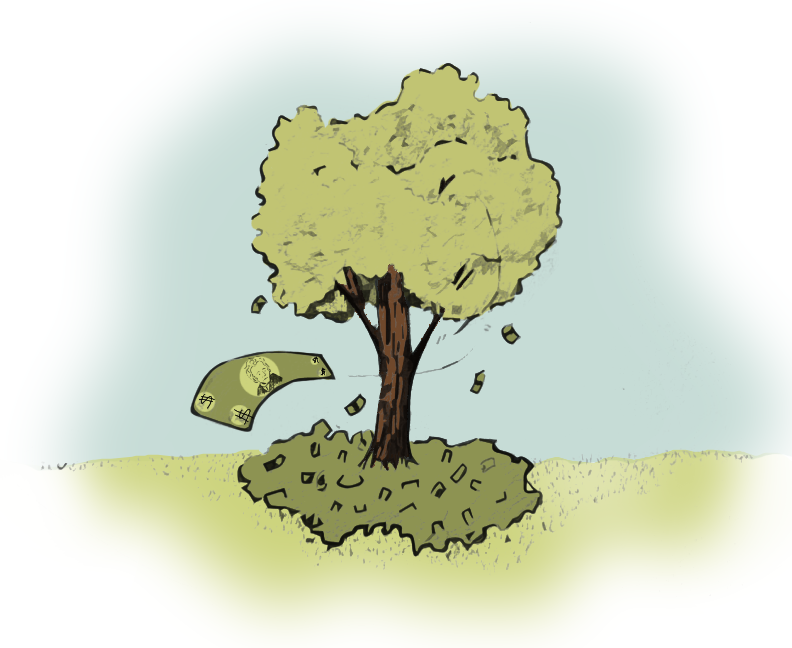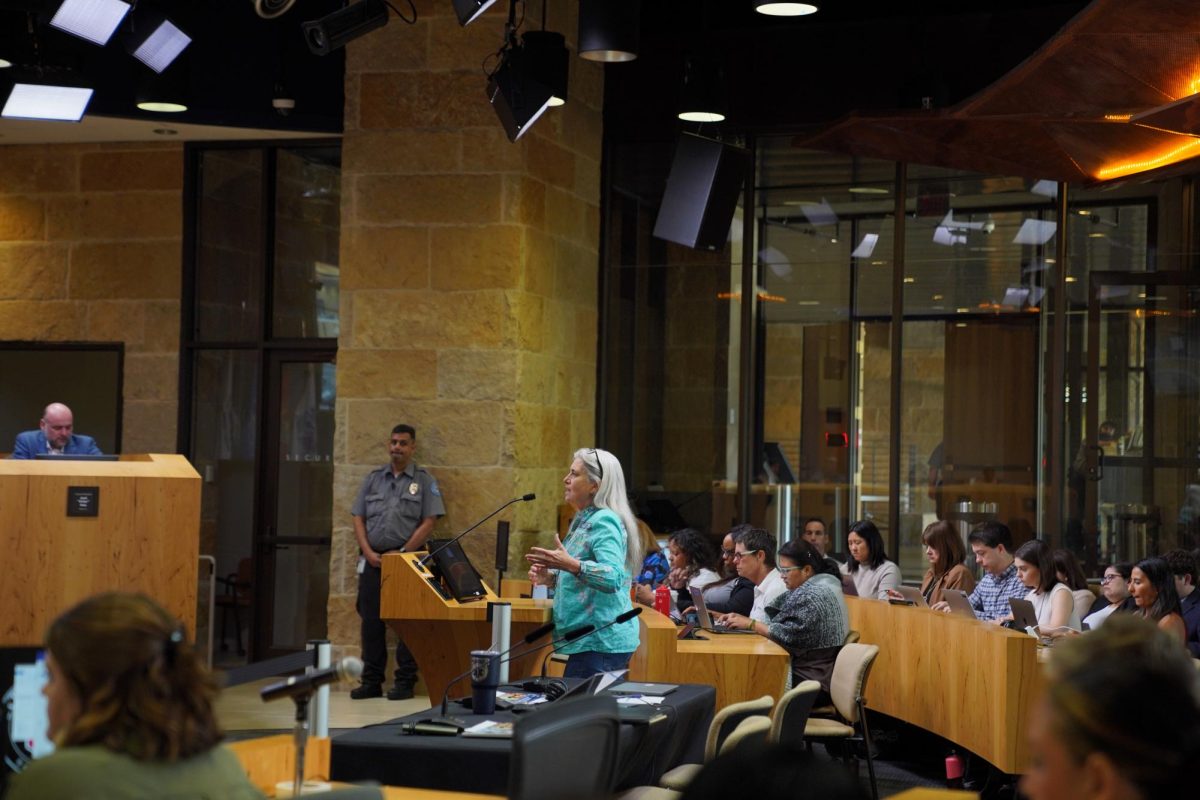In six weeks, the Austin City Council will vote on a public rapid transit system plan to integrate with the existing transportation infrastructure in Austin and central Texas, but, first, the Project Connect team must complete its evaluation of ridership demand and cost models.
Project Connect is a collaboration between Capital Metro, the City of Austin, the Capital Area Metropolitan Planning Organization, Lone Star Rail and other stakeholders. A project committee for the Central Austin area previously narrowed the modes of transportation down to two — urban rail and bus rapid transit, each with a dedicated guideway. The team will determine the best mode of transportation and how it will be delivered based on several factors, including ridership demand, cost and effect on area economic development.
Bill Spelman, city council member and LBJ School of Public Affairs professor, said he hopes the system will be able to accommodate increased future demand.
“One of the things that we’re hoping to have happen is that demand during peak hours will go up,” Spelman said. “Ten years hence, if the demand is there for five-minute frequencies [from 10-minute frequencies], is that something that we’ll be able to take into account?”
According to Kyle Keahey, HNTB Corp. vice president and lead consultant on the project, two lines will be built. A bridge, short tunnel or long tunnel will be built from East Riverside Drive, travel north across Lady Bird Lake and end at 17th Street. The team must also choose between two different routes for an additional line that will begin just north of Hancock Golf Course and run north just before U.S. 290.
Keahey said, when deciding between the two Hancock line alternatives, the team must weigh the benefit of allowing riders to transfer to the already-existent MetroRail Red Line.
“If we introduce other lines to the system and we interline, all of a sudden, we end up with the Dallas example … where everything is funneled through a single alignment,” Keahey said. “Those are issues that we are looking at not only in this project but also … as we move forward beyond just this first project,” Keahey said.
Because the project relies on receiving federal funds, Keahey said, the team must ensure that the proposed project meets Federal Transit Administration requirements, including cost-effectiveness criteria. Keahey said there are several aspects of ridership that must be considered, including people’s perceptions and willingness to ride each transportation mode.
“I think BRT [bus rapid transit] is starting to dispel some of [the] notion that, if you provide frequent, clean service, that you can be competitive, but still what we’re seeing in the literature and FTA’s experience is that, if people have to choose, they choose rail over a bus, typically,” Keahey said.
According to Scott Gross, Austin Urban Rail program manager, as the city expands the transportation system, the cost-effectiveness of urban rail and bus rapid transit may become very similar over time.
“Urban rail does become more cost-effective per seat,” Gross said.
Keahey said bus rapid transit would require less capital investment, including not having to build an operations and maintenance facility. Keahey also said buses can make sharper turns, which means the city may have more route options if it chooses to expand the system.
The team will make a formal recommendation on May 2, and, making any necessary alterations, the council will take a vote on the locally preferred alternative on June 13.




















